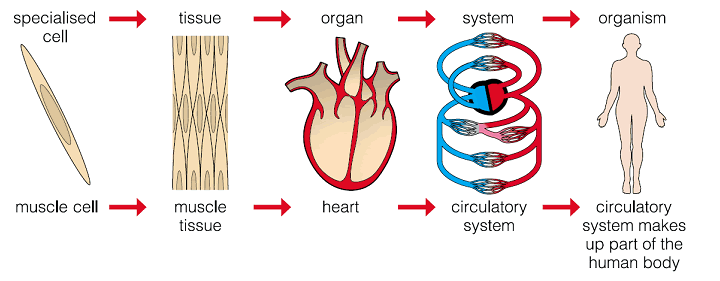Introduction
I once rescued my biology grade back in secondary school in Romania by knowing the definition of a cell.
“The cell is the structural and functional unit of living things” I wrote. I wasn’t far off was I? So yes, the cell is the unit of life. It’s a delimited volume where the chemistry of life can happen. In unicellular organisms, the cell is themselves, the body, the whole, the organism.

In complex, multicellular organisms cells organise themselves in such a way that enables a greater structure and function. Cells differentiate into specific structures and functions, and organise themselves as such into tissues. The different tissues can then form organs with yet a higher level of structure and function, and organs can work together in certain broad areas of the organism’s structure and function by taking part in organ systems.

Isn’t that grand? Let me tell you a little secret. For anyone who’s seen the film Life starring our first Martian life form called Calvin, there is way that cells can associate the way Calvin does. In this case, cells aren’t at all differentiated to do different things in tissues, organs, etc. but instead maintain their single cell status among equal single cells. They associate at a higher level to produce certain greater effects, and can even look as if the structure were multicellular or complex, but it isn’t really, or at least it isn’t in the same way it is for true multicellular organisms.
This is the case for algae as you can already see in the green algal cells pic, as well as for fungi and creepy Martian creatures.
Prokaryotic cells
Prokaryotes do not have a nucleus like eukaryotes do. Their DNA is not membrane-bound, just free in the cytoplasm. The extra features of….